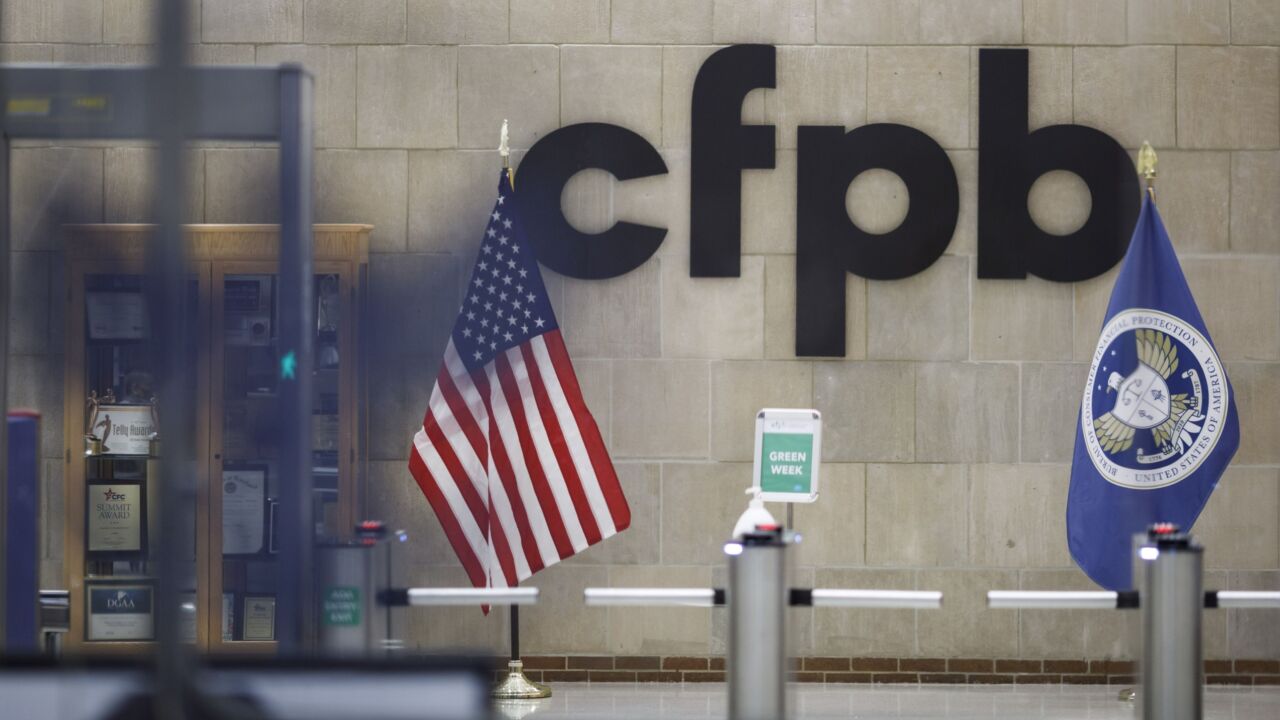After years in which mortgage technology initiatives were almost exclusively aimed at
Companies have little choice given that even scale players are questioning whether the margins available in home lending are worth the effort, said Teresa Blake, managing director of business optimization at KPMG. She pointed to
The competitive pressures will only intensify, she said, as companies that are leading the digital charge seek to exploit their advantage. At a time when Ellie Mae estimates it takes an average of 43 days to close a mortgage,

The drive toward efficiency and smarter tech won’t be confined to how digitalization speeds up the loan or even to improved
"It's almost as if digital is great if you have processes around it that support digital, and moving the borrower through the process faster. But if all you do is take an application, and then push it into a clunky back-end process, you're just going to piss borrowers off," said Blake.
Deciding which tech initiatives to pursue will be something every company needs to work out for itself, said Rick Hill, vice president of industry technology at the Mortgage Bankers Association.
"Technology supports a business goal, not the other way around," he said.
Digital strategies differ by party. Banks have such large servicing books, for example, and should focus on tools and processes that support customer retention, such as solid data and analytics.
For nonbank originators, the more likely option may be to focus on "keeping [loan officers] on the forefront of tools and technology that make it easy for them to interact with the borrowers," Blake said.
And for those companies that aren’t in a position to make the kinds of investments required? The answer for some may be one that has become more common in recent years — finding companies that can, whether as an outsourcer or a merger partner.
For those that choose the former, a different set of risks needs to be assessed.
"As lenders look to outsource processes, they have to inspect and ensure that the solutions that they've put out there are completely and totally secure, whether they're on the cloud or somewhere else; it's a huge risk," said Blake.
Blake and Hill will be among panelists at the Mortgage Bankers Association Technology Solutions Conference & Expo on March 24-27 in Dallas.





